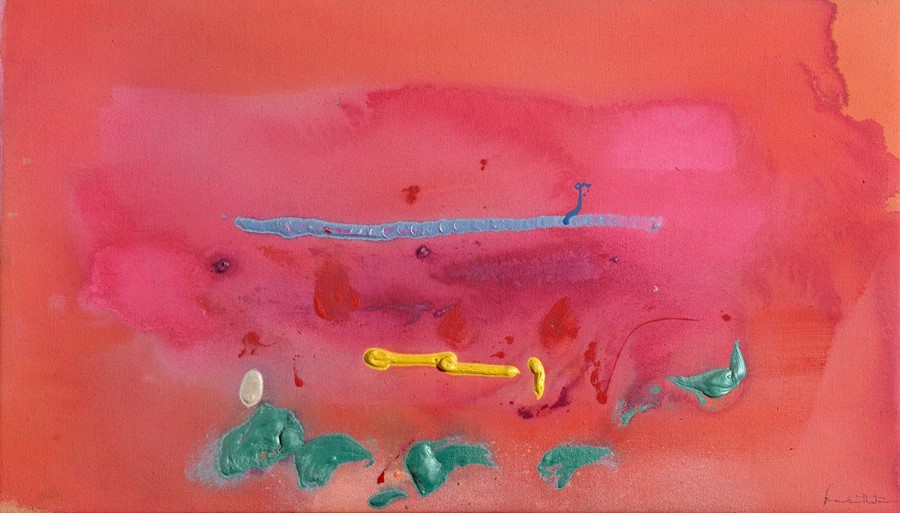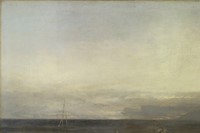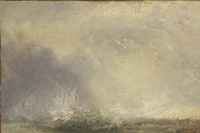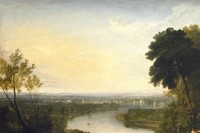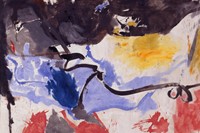AnOther explores the idyllic pairing of artists J.M.W. Turner and Helen Frankenthaler in a new exhibition at the Turner Contemporary.
Pairing 19th century British romantic artist J.M.W. Turner with twentieth-century American abstract expressionist Helen Frankenthaler, the latest exhibition at the Turner Contemporary in Margate traverses sea, space and time.
The show explores the similarities between these seemingly disparate painters, and demonstrates what curator James Hamilton calls a fellowship the artists display “across their temporal divide, and the vibrant correspondences which uncover something of the timeless cerebral foundations of landscape art.”This is the first exhibition of Frankenthaler’s work in Britain since a show at the Whitechapel Gallery in 1969, and also includes thirty-three works by Turner.
"What concerns me when I work, is not whether the picture is a landscape, or whether it's pastoral, or whether somebody will see a sunset in it. What concerns me is – did I make a beautiful picture", Frankenthaler, who passed away in 2003, once said.
Sharing wall space and creating an unexpected journey through centuries and styles, Turner’s smaller landscape paintings contrast with Frankenthaler’s large block colour representations of nature. At first glance the connection is a tentative one, but an intuitive understanding of their subject matter and confident expression of form unites these two artists. So as unorthodox as this pairing might seem, it may have thrilled Turner himself, given his insistence that two of his own works be hung at the National Gallery between pictures by famous 17th century baroque painter Claude, who served as an inspiration for Turner's treatment of light and use of brilliant colour.
"At first glance the connection is a tentative one, but an intuitive understanding of their subject matter and confident expression of form unites these two artists"
Similarly, Frankenthaler is also known for her connection to an artistic giant, fellow abstract expressionist Jackson Pollock, and artist Morris Louis suggests that she offered "the bridge between Pollock and what was possible." Frankenthaler’s often large, flat works are characterised by her chosen technique of painting on the floor, not dripping like Pollack, rather “flooding and staining” onto unprepared canvas.
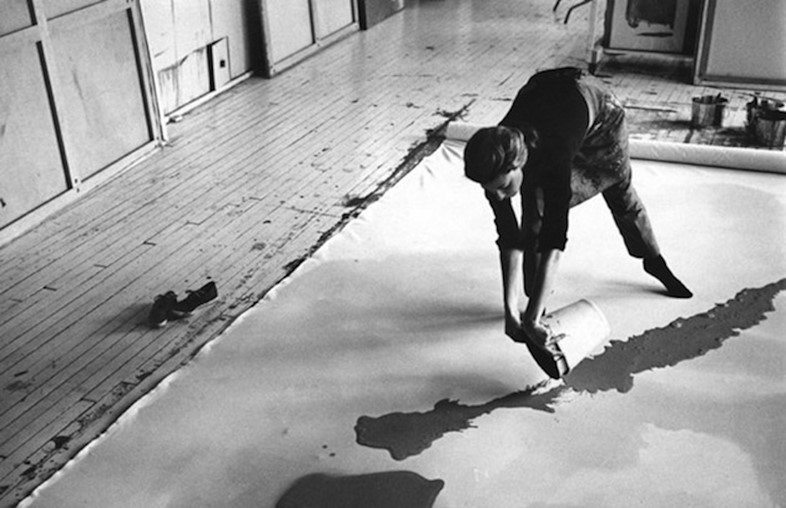
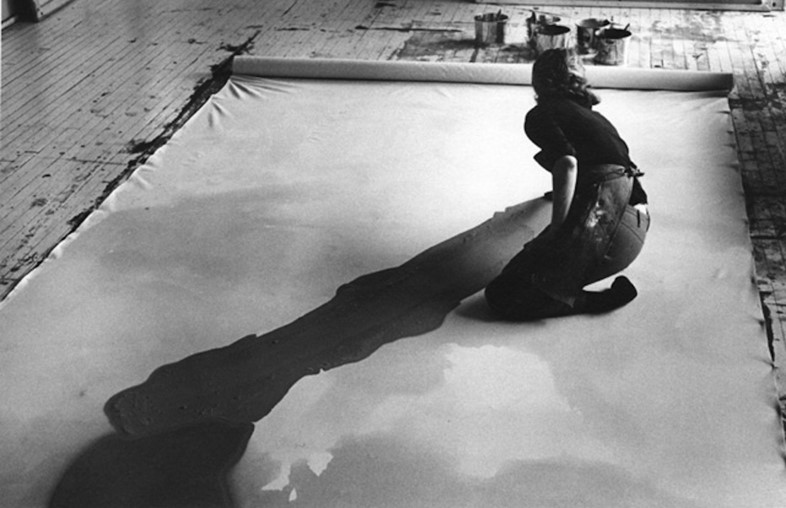
The result is broad strokes that create suggestive shapes and forms, rendered with a bold economy of paint layers. One work, Burnt Norton, is the most recognisable landscape in the exhibition, and is named after a T.S. Eliot poem. Frankenthaler says that while painting she “was thinking of Eliot, making order out of chaos, of light and dark,” a description that could easily be given to many of Turner’s works as well.

While the two artists represent vastly different experiences and artistic practices, the show works to highlight their shared attitude towards landscapes in particular, and lightness and darkness in all their significance in general.
Making Painting: Helen Frankenthaler and J.M.W. Turner runs 25 January – 11 May 2014, Turner Contemporary, Margate
Text by Jessica Kate Weatherup
